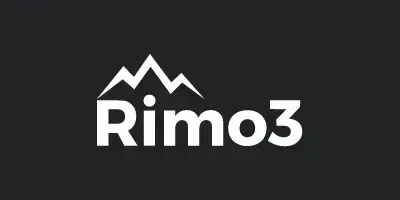Indianapolis is the ninth named release of Rimo3’s revolutionary automated testing platform Rimo3 Cloud. This release focuses on a number of enhancements to the user interface as we continue to bring more management and administration screens up to the new UI standards and improve usability and the user experience.
Suitability is now WVD Suitability
Following customer feedback, after the introduction of the Migration Suitability dashboard in the previous release the Suitability dashboard has been renamed to “WVD Suitability” to clearly differentiate the two dashboards. The functionality of these dashboards remains the same with Migration Suitability focusing on enabling customers to make data-driven decisions when planning to migrate a VDI or server-based computing environment to a new operating system or environment, while WVD Suitability enables customers to understand the suitability of applications for WVD in their current format, suitability for conversion to MSIX and the soon to be more generally available suitability for multi-session.

New flyout for Advanced menu items
As we continue to enhance the management and administration screens we have updated the Advanced menu to a flyout to accommodate all the new menu items.

New and Updated Management and Administration screens
The Indianapolis release includes 3 updated screens, including the Support Request form enabling customers to request support directly from within the Rimo3 Cloud platform and attach artefacts such as screenshots (.png, jpg, .jpeg) and other supporting files (.txt, .log, .json, .zip). The maximum upload size is 10MB:

The Smoke Test settings screen, which allows you to control the duration of the evaluation period of the Intelligent Smoke Test. The evaluation period is time given for an application to launch and for the Intelligent Smoke Test to find and interact with any “interesting clicks”.

The General Settings screen allows configuration of the tenant such as enabling multi-factor authentication for all users to send an MFA token to the user’s registered e-mail address, MFA token validity to configure how often users need to provide a new token when logging in, session duration to set how long before inactive sessions time out and performance thresholds to customize warnings for high resource usage by applications during the Intelligent Smoke Test.

